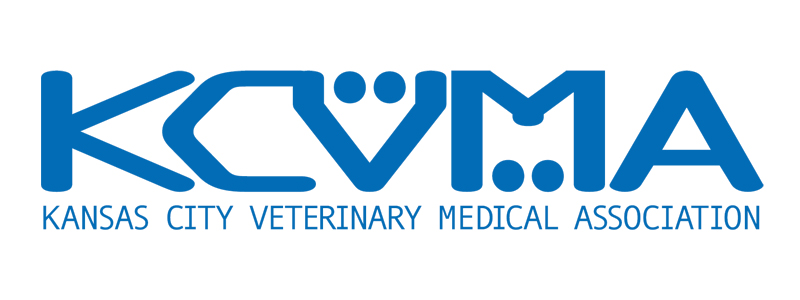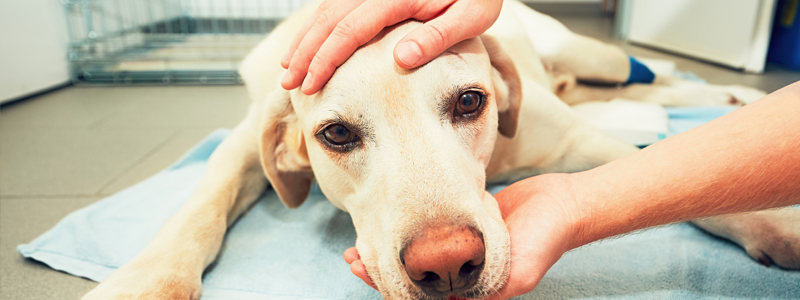BY: SAMANTHA BARTLETT, DVM
In a recent press release, the CDC announced they have developed a new rapid test for diagnosis of rabies virus in animals. This new test is a real-time polymerase chain reaction (RT-PCR) that can yield results in just a few hours.
The current gold standard for rabies testing of animals is a direct fluorescent antibody test (FAT). This test requires specialized laboratory equipment with trained personnel. In addition, samples must be fresh and refrigerated. This can pose a problem in areas of the world that have limited resources. IT also drives up the cost of testing.
The new RT-PCR test developed by the CDC and given the moniker LN-34, can be run on samples of any age and storage condition. IN the preliminary testing, accurate results were obtained on tissue samples so old they had begun to liquefy. This test can be run on the same platforms as current testing for Influenza, HIV and Tuberculosis. This means the test requires less specialized equipment and staff and can be run more cost-effectively in labs all over the world.
The test was used on nearly 3000 samples and compared with results of the gold standard FAT. The LN34 confirmed all FAT-positive samples. However, it also defined 80 samples that were inconclusive or untestable by FAT. LN34 found one false negative and 11 false positive results that had been previously determined by FAT. These results suggest that the LN34 is more accurate and more flexible than FAT.
The implications of this test are greater for Rabies hotspots such as Africa and Asia where resources are limited and the cost of post exposure prophylaxis (PEP) puts it out of reach for many victims. The special equipment required for FAT is often several days travel away from the location of the bite victim. Keeping a fresh sample properly refrigerated during transport in these areas is difficult at best. If rabies is confirmed or inconclusive, the cost of vaccination can cost several month’s salary. With LN34, many people can be relieved from the cost and pain of unnecessary PEP.
According to the CDC’s most recent surveillance report (2015), rabies has been identified in all 50 states and Puerto Rico. The largest percentage of identified cases have been in wild animals with bats being the biggest culprits. In the United States, a bitten person is often given PEP at a cost of $3000 or more. LN34, with its greater accuracy, can reduce inconclusive and false positive results saving many people from having unnecessary vaccines. Current estimates for rabies testing and prevention in the United States is $245-510 million per year. The number of people receive PEP in the US per year is about 45,000 people.
Currently the CDC is working with the Association of Public Health Laboratories to develop protocols that will help clinicians decide which test or combination of tests are the best to run in their particular scenarios. The World Health Organization is considering LN34 as the standard test to replace the FAT.
The LN34 study was published in PLOS One in May of 2018.











